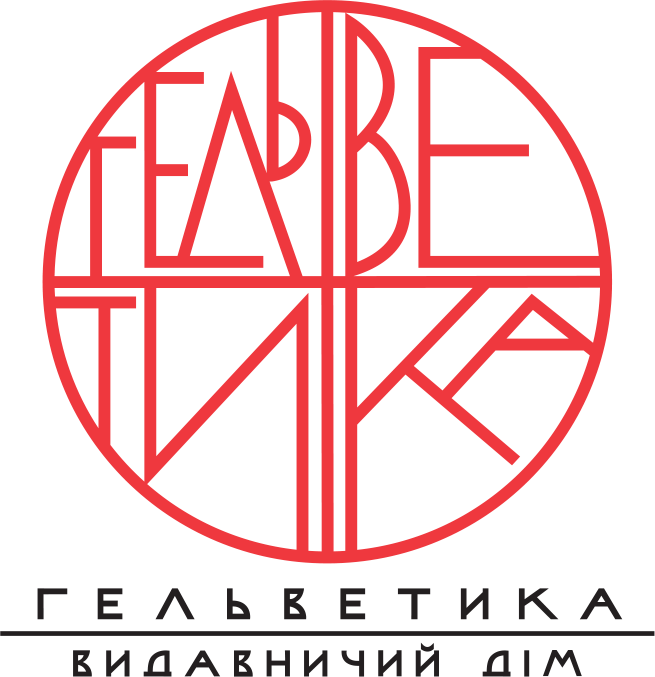COMBINING VOICE INPUT AND ANIMATION FOR WEB INTERFACES INTERACTIVIZATION
DOI:
https://doi.org/10.32782/uad.2024.6.8Keywords:
web accessibility, images, layout, voice navigation, compliance, e-commerceAbstract
The aim of the article is to analyze the possibilities of integrating voice input and animation to enhance the interactivity of web interfaces, particularly using the example of e-commerce platforms. The research aims to explore the impact of voice commands on the visual representation of interfaces and to develop design principles that address the needs of diverse user groups, including individuals with visual impairments. The research employed methods of modeling interactive scenarios, empirical analysis of the effectiveness of visual interface elements, and principles of adaptive design. Particular attention was paid to experimental modeling of interactions where voice commands trigger updates to visual elements, such as increasing brightness, saturation, and utilizing zoom animations for relevant products. Non-relevant elements are desaturated or temporarily removed, ensuring user focus. Additionally, the study examined the use of physics-based animations simulating gravitational forces and natural object deceleration. The novelty of this study lies in the proposed approaches to integrating voice input with animation to provide natural and intuitive user interaction with web interfaces. The impact of graphical principles such as arcs and animations that simulate compression and stretching on creating a natural user experience was investigated. For example, during the modeling of the process of adding a product to the cart, animations with a curved trajectory, slight compression of the cart icon, and its subsequent stretching to simulate the absorption of the product were utilized. Particular emphasis was placed on developing alternative visual elements, such as high-contrast colors and bold text, for users with visual impairments. The findings emphasize the importance of combining voice input and animation effects to create interactive, accessible, and user-friendly web interfaces. The integration of these elements not only enhances user engagement but also ensures accessibility for individuals with diverse needs. Proposed adaptive design principles include alternative representations of interfaces, such as versions without color themes or animations, to avoid cognitive overload for vulnerable user groups. Overall, the synergy between voice input and visual responsiveness in the interface fosters a natural and seamless user interaction experience. Considering theoretical framework, a Kinetic Morphing Flow System (KMFS) was introduced, where interface elements transition along dynamic trajectories shaped by user interactions. Unlike traditional resizing, elements adapt their shape, size, and orientation in response to user input. Commands generate unique motion paths, considering interaction history and spatial context.
References
Xia L., Chen G., Xu X., Cui J., Gao Y. Audiovisual speech recognition: a review and forecast. International Journal of Advanced Robotic Systems. 2020. Vol. 17. № 6. DOI: https://doi.org/10.1177/1729881420976082.
Wasilewski A. Functional framework for multivariant e-commerce user interfaces. Journal of Theoretical and Applied Electronic Commerce Research. 2024. Vol. 19. № 1. P. 412–430. DOI: https://doi.org/10.3390/jtaer19010022.
Ni P., Li Y., Chang V. Research on text classification based on automatically extracted keywords. International Journal of Enterprise Information Systems. 2020. Vol. 16. № 4. P. 1–16. URL: https://ideas.repec.org/a/igg/jeis00/v16y2020i4p1-16.html.
Korada L., Sikha V., Siramgari D. AI & accessibility: a conceptual framework for inclusive technology. International Journal of Intelligent Systems and Applications in Engineering. 2024. Vol. 12. № 23s. P. 983–992. DOI: https://doi.org/10.5281/zenodo.14279774.
Firoozeh N., Nazarenko A., Alizon F., Daille B. Keyword extraction: issues and methods. Natural Language Engineering. 2020. Vol. 26. № 3. P. 259–291. DOI: https://doi.org/10.1017/S1351324919000457.
Srinivasan A., Ellemose J., Butcher P. W. S., Ritsos P. D., Elmqvist N. Attention-aware visualization: tracking and responding to user perception over time. IEEE Transactions on Visualization and Computer Graphics. 2024. DOI: https://doi.org/10.1109/TVCG.2024.3456300.
Win K. M. N., Hnin Z. Z., Thaw Y. M. K. K. Review and perspectives of natural language processing for speech recognition. International Journal of All Research Writings. 2020. Vol. 1. № 10. P. 112–115. URL: http://ijarw.com/PublishedPaper/IJARW1184.pdf3.
Xu B., Wang B., Tao J., Ge T., Jiang Y., Li W., Duan L. Move as you like: image animation in e-commerce scenario. Proceedings of the 29th ACM International Conference on Multimedia. 2021. P. 2759–2761. DOI: https://doi.org/10.1145/3474085.3478550.
Komariah S., Mulyana A., Dewi R., Yunizar Y. User interface measurement analysis of travel e-commerce based on usability and user experience. Desain Komunikasi Visual Manajemen Desain dan Periklanan (Demandia). 2023. Vol. 8. P. 267. DOI: https://doi.org/10.25124/demandia.v8i2.6347.
Raseli S., Faisal N., Mahat N. Construction of cubic Bezier curve. Journal of Computing Research and Innovation. 2022. Vol. 7. P. 111–120. DOI: https://doi.org/10.24191/jcrinn.v7i2.291.
Beňo M., Ӧlvecký M. Measuring the performance of techniques for dynamic 2D animation in web browsers. Journal of Applied Mathematics, Statistics and Informatics. 2024. Vol. 20. P. 77–110. DOI: https://doi.org/10.2478/jamsi-2024-0009.
Kiessling J., Maier T., Wiesenfarth S., Mayer S. User-centered design of an adaptively morphing human-machine interface. Usability and User Experience. AHFE (2023) International Conference / eds. T. Ahram, C. Falcão. AHFE Open Access. Vol. 110. AHFE International, USA, 2023. DOI: http://doi.org/10.54941/ahfe1003182



